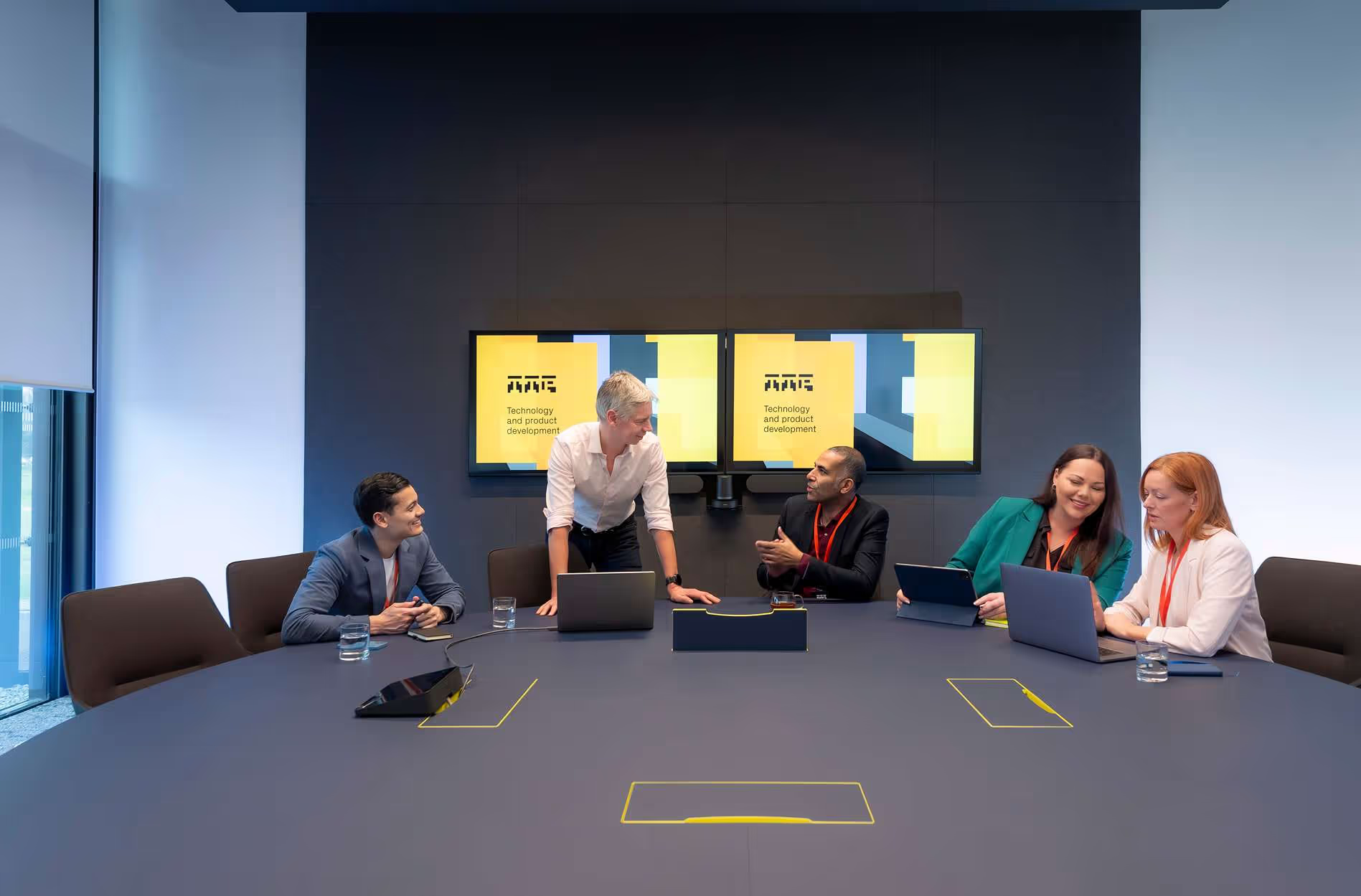TTP collaborates with C3Bio to implement real-time vagus nerve recording.
Context
Closed-loop neuromodulation is limited by the difficulty of measuring signals in the peripheral nervous system. New methods to overcome signal-to-noise issues are emerging but need to be translated into techniques that can be deployed in commercial implanted products.
Solution
TTP works with world-leading researchers at the Centre for Biosensors, Bioelectronics and Biodevices (C3Bio) at the University of Bath to implement nerve signal processing techniques on implantable-ready embedded systems, and build electrode array models to speed the translation of animal study results to human clinical applications.
Result
This university–industry collaboration has rapidly demonstrated that velocity selective recording has the potential to enable real-time measurement and response to nerve activity in the next generation of neuromodulation therapy products.
Stimulation of the vagus nerve offers the prospect of many new and exciting restorative therapies. It is a significant nerve bundle that plays a key role in regulating the metabolism and endocrine-immune systems, and connects the brain to major organs such as the heart, lungs, liver, and stomach. Electrical stimuli applied to the vagus nerve can be used to treat conditions related to these organs, as well as addressing neurological disorders such as epilepsy and depression [1].
Current neuromodulation devices lack the means to measure their effects on the nerve directly, limiting their ability to respond to changes over time. Recording the impact of the stimulation treatment on the nerve signals would make it possible to optimise the stimulation waveform for each individual patient. This would enable truly personalised care, achieving greater clinical efficacy whilst minimising any side effects.
TTP is working with Dr Ben Metcalfe and the Centre for Biosensors, Bioelectronics and Biodevices (C3Bio) at the University of Bath to explore how their world-leading research using velocity selective recording (VSR) in the peripheral nervous system can be translated into next-generation therapy products.
Velocity selective recording
Different types of nerve fibre within a bundle conduct signals at different speeds based upon the body’s need for a quick response. For example fibres carrying information on body position, which are needed for physical co-ordination, are much faster than those used to convey a change in temperature.
VSR uses the propagation speed of nerve signals to improve the signal-to-noise ratio and reject measurement artifacts arising from muscle movement, heartbeat or sources of external noise.
This means that not only can VSR be used to capture neural firing events that would otherwise be difficult to detect, but the technique may also be able to assess what type of fibre a signal is travelling along within a nerve bundle to extract clinically relevant information.
Collaboration with C3Bio
C3Bio have built world-leading expertise in nerve signal recording setups for in-vivo measurements, and Dr Metcalfe has demonstrated the use of VSR to specifically record vagus nerve signals from the lungs in a large animal model [2].
C3Bio shared this rich recording dataset with TTP to investigate how this approach could be translated into next-generation neuromodulation products, considering both the signal processing techniques used and different electrode geometries for specific applications.
The signal processing methods developed at C3Bio use computationally expensive data processing techniques that work well on high-powered desktop computers. TTP has shown that these techniques can be optimised such that a low-power 32-bit microcontroller, as might be integrated into an implantable nerve stimulation device, can extract key features from these signals in real time. This was demonstrated in a hardware-in-the-loop test.
TTP also used C3Bio’s vagus nerve recording dataset to train Finite Element Analysis (FEA) models to optimise electrode cuff geometries for specific treatment applications. This work has shown how electrode spacing needs to be tailored to target specific nerve fibres in order to achieve the right balance of sensitivity and selectivity of signal velocities.
Neuromodulation of the peripheral nervous system represents one of the most exciting frontiers in medical science, with potential applications as widespread as treatments for epilepsy, asthma, rheumatoid arthritis, and depression. Recording signals from the peripheral nerves remains a major challenge, and one that is becoming more relevant as we strive to develop smart and reactive stimulators. Our partnership with TTP has been instrumental in enabling us to start the translation of our research. TTP are able to provide us with both commercial relevance, as well as expertise in device development and modelling, that are helping us bridge the gap between academia and industry.
Dr Ben Metcalfe
University of Bath
Developing next-generation neuromodulation therapy products
Having demonstrated the potential to deploy these techniques in implanted products, we are investigating how such modelling tools can further help to translate nerve recording datasets and electrode designs from animal studies to human clinical applications. These tools can facilitate the development of next-generation closed-loop neuromodulation products.

About TTP's Neurotechnology consulting team
From proof-of-concept studies to manufacturing scale-up, TTP's dedicated neurotechnology consulting services can help you rapidly engineer advanced neuromodulation solutions, guiding you every step of the way. With our multidisciplinary team of engineers, scientists and human factors designers, you can hit the ground running. Combining deep expertise with a proven track record in end-to-end product development, we will help you create technologies and devices that push the limits of what's possible in neurotechnology. Find out how our neurotechnology product development team can help you start strong and finish ahead.
TTP's Neurotechnology team is part of a broader MedTech team. Learn more about TTP's approach to medical device design and development and our medical device consulting services.










